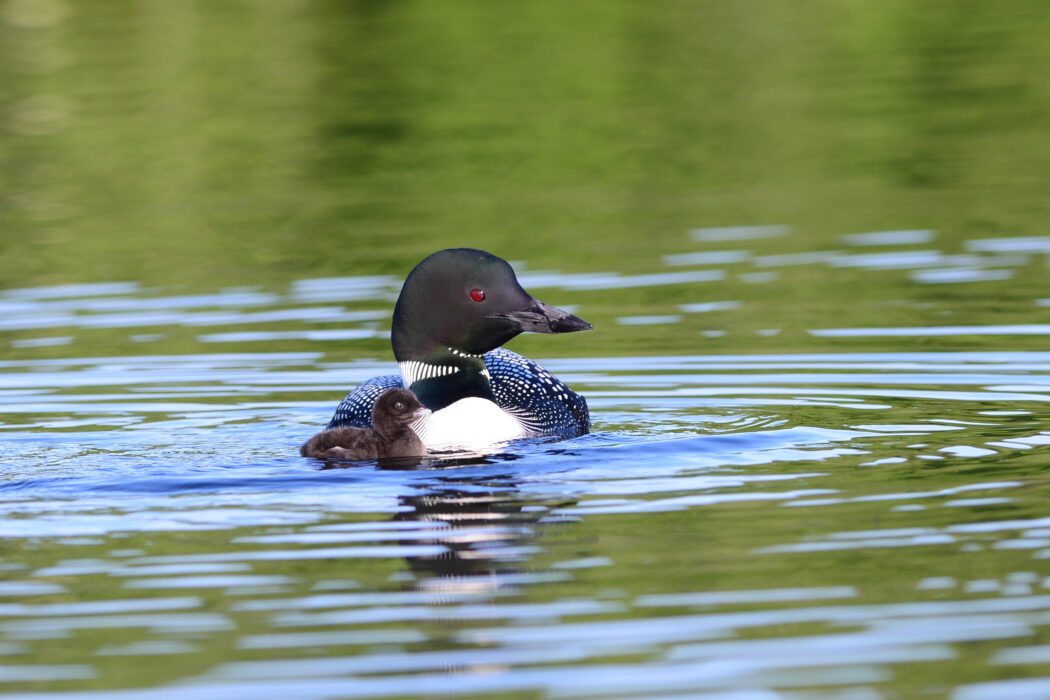Where did they come from?
Natural Resource Inventories are being conducted, updated and revised all over the state of New Hampshire by municipalities, but what are they and where did they come from?
In 2000 the US Congress created the State and Tribal Wildlife Grants Program. This program provides federal funds to state Departments of Fish and Game in all fifty states to assist in conservation efforts. In fiscal year 2001 NH Fish and Game received $485,000.00 from this program, in fiscal year 2002; $776,000.00.
Thanks to John for this Op-Ed: Send yours to steve@granitegrok.com
In 2003, the US Fish and Wildlife Service, which was administering the program, mandated that all states conduct a Wildlife Action Plan as a condition of receiving continued federal funding from this program. A Wildlife Action Plan is a comprehensive document that Identifies what are called “Species in Greatest Conservation Need (SGCN)” and identifies, describes and protects the habitat that is important to them. The Wildlife Action Plan also focuses heavily on Identifying, classifying and protecting wetlands, watersheds, open space and prime farmland.
In addition to mandating that states conduct these plans, US Fish and Wildlife told the states exactly how they wanted these Wildlife Action Plans conducted, what should be in them, what language to use and what methodology to follow, going so far as to include eight elements that must be included in the Plan.
Number seven of those required elements states “Each State’s provisions for coordination during development, implementation, review and revision of its Strategy with Federal, State and Local agencies and Indian Tribes that manage significant areas of land or water within the state.” If we reduce that down to what is pertinent to New Hampshire municipalities, it reads, “Each state provisions for implementation of the Strategy with Local agencies that manage significant areas of land or water within the State.
New Hampshire Fish and Game immediately began developing this Plan. It was completed in October 2005 and submitted to US Fish and Wildlife along with those from the 49 other states. As a result, New Hampshire Fish and Game continued to get funding from the State Wildlife Grant Program, which has totaled over 11 million dollars from 2005 to date.
You can read the State of New Hampshire’s 2005 Wildlife Action Plan here. What is clear from reading this document is that the crafters were aware of everything I have just laid out to you; that they were mandated to conduct the Plan as a requirement of receiving federal funding, that it must be submitted and recorded with the Federal Government by October 2005 and that they had to include their plans for implementation on a local level. [ page XII, Introduction, “State Wildlife Grants and The Wildlife Action Plan”, Paragraph 1. ]
This begs the question, how was this Plan implemented on a local level? First, NH Fish and Game establishes its authority and intent. Page 5-5, states “NHFG oversees the protection, restoration and conservation of wildlife in New Hampshire, and regulates its take, sale and possession. RSA 212-A and its associated rules protect endangered and threatened wildlife.
They then go on to say, “Fragile and sensitive ecosystems can be damaged by human presence, threatened and endangered species should be buffered from human presence, we recognize the value of working with landowners to balance use of their property with the need to protect.”
Page 5-10 deals with advising town planning boards on the implementation of the Plan stating that they will develop a program to advise town planning boards on the Plan and encourage appropriate stewardship on private lands, further stating that “As this increased awareness leads to action, planning boards may seek changes to regulations and policies.”
NH Fish and Game then lists both the Regional Planning Commissions and the New Hampshire Municipal Association as collaborators in implementing this leg of their plan.
Page 5-27 deals with “Local Regulation and Policy’ stating that municipalities have broad power to regulate land use but that doesn’t always translate into meaningful conservation, stating, “NH Fish and Game should provide technical guidance to New Hampshire municipalities on master plan goals, land use policies and regulations aimed at protecting sensitive wildlife habitat”. It then goes on to say that it will employ local conservation commissions and the Regional Planning Commissions as collaborators in achieving this goal stating, “Regional Planning Commissions are in the best position to look beyond municipal political boundaries to advance conservation goals.”
My town of Roxbury was relatively late in conducting a Natural Resource Inventory. It was suggested that our town do one by a member of the Planning Board who was also the Vice Chair of the Cheshire County Conservation District.
The Town presented the NRI to the people for approval in the form of a warrant Article in 2023, stating that it would “aid in zoning, land use planning and the protection and preservation of the Town’s natural and water resources.” The “Town” owns virtually no property in Roxbury, what is not already in conservation, is owned by private landowners.
I attended the meeting where the contractor who was conducting the NRI gave his proposal and fielded questions, and he stated that the foundational document that underpins these NRIs is the State’s 2015 Revised Wildlife Action Plan.
I am not here to argue whether these NRI’s or the Wildlife Action Plan that underpins them are good or bad for the people of New Hampshire, only to show that they are not the sole product of the people and their respective town governments. They are also the product of blatant coercion by the Federal Government.
